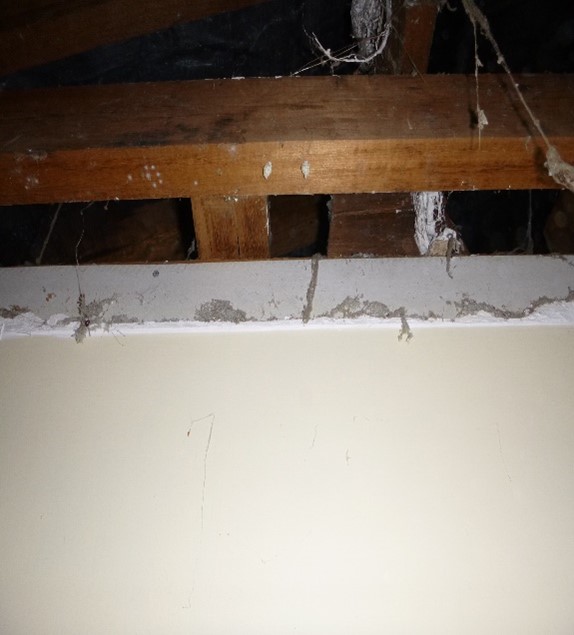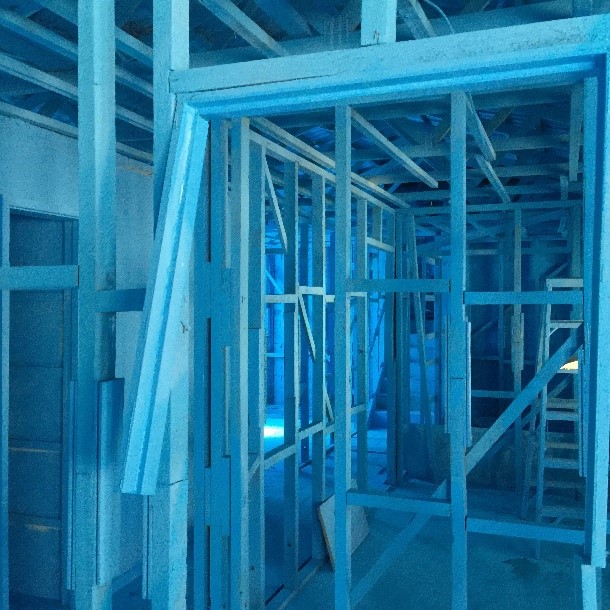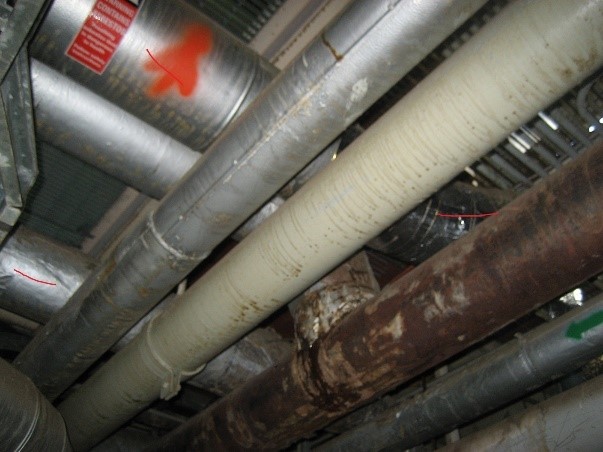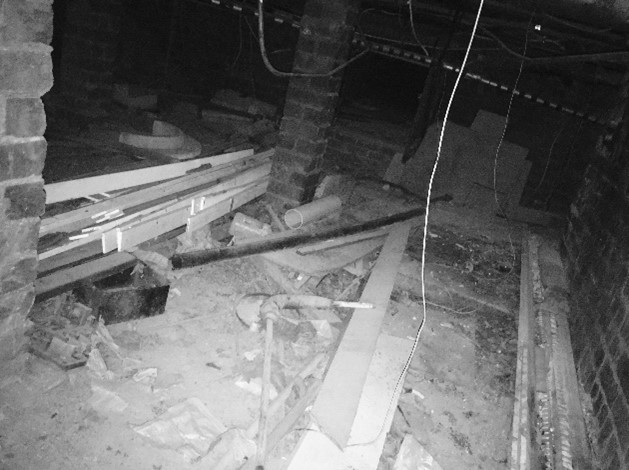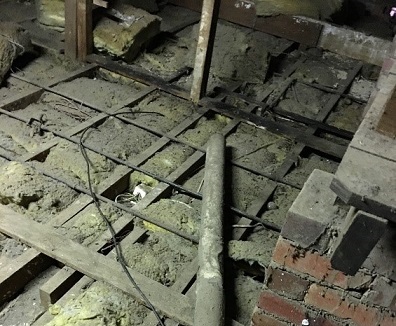Friable asbestos are materials containing high percentage of asbestos fibres that will crumble into powder when pressure is applied. This form of asbestos can easily become airborne, making it highly dangerous to remove without adequate protection. Friable asbestos must be removed by specialists with class “A” license under State Regulations. Below ase some tasks carried by our team.
Loose Fill Asbestos Insulation (Friable Asbestos)
Bulk loose fill insulation
Insulated with loose fill asbestos insulation
Wall/ceiling linings and the loose fill asbestos has been removed
Friable Asbestos Insulation Pipework & Vessels
Asbestos insultion is/was an extremly efficient heating insulation and as such a huge quantity of buildings/facilities and the like had this type of insualtion installed to minimise heat loss of the product within the pipe/vessell. Power Stations/Oil & Chemical Refineries/Glass Manufactures and many commercial properties had this type of insualtion installed.
In most cases the insulation was ‘block or pre formed sections’ however on many industrial applications, the insulation was reinforced ‘compo’ which was/is asbestos powder with added binders and mixed with water and applied around/on the pipoe/vessel by hand.
Protection of the insulation could be, for instance metal sheathing, calico cloth then painted/sealed or perhaps just painted.
Photos 1 is in a fuel refinery in NSW and were removed whilst on line (hot) this is the least desrired removal method which offered the added danger of the hot face of the pipe/vessel being exposed, the hot face of the steel was quite often in excess of 300 degrees centigrade which then had the added risk of burn and heat stress.
Photos 2 is of a University in the ACT and was one of four plant rooms, all quite similar, the majority of the insulation was calico cloth and painted and all what was removed was of the preformed section type.
Photos 3 is of a sub floor area in a hotel, this is a not unusual eaxmple of poor maintenance pipe insulation was still in place in some locations, but the majority was loose a strewn around the sub floor area and severley contaminating the soils, which as a consequence then required removal.
Photo 4 Is of a celing cavity in a hospital located in regional NSW. This is another example of poor maintenance and budget restictions. Insulation within this particular roof totalled over 300lm of which 10-15% was strewn over the ceiling area, a full clean and removal of fibreglass insulation was required and carried out.

